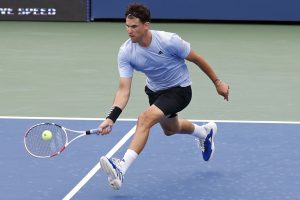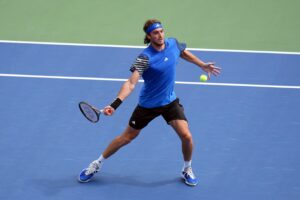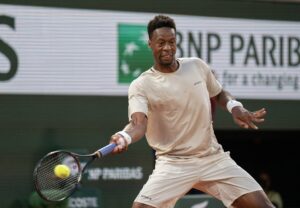Since 2002, the Gentlemen’s Singles event at Wimbledon has used a different way of calculating the competitors’ seeding. It was designed to favor grass-court specialists and let them avoid tougher matches in the early stages of the tournament.
How did it work?
A player’s ranking points were the basis of the seeding formula. To this number, you would then add 100% of the points earned on grass in the past 12 months, and then 75% of the points earned on that surface in the 12 months before that. Therefore, it placed a lot of value on the previous two Wimbledon results plus the warm-up events like Halle, Queen’s Club, Eastbourne, etc.
The formula raised a lot of questions during its 17-year-long run. In 2019, both Novak Djokovic and Rafael Nadal expressed amazement at Roger Federer getting the second seed over the Spaniard, whom he had at the time trailed in the ATP Rankings. However, the rules were clearly written down and known to everyone, giving Djokovic’s and Nadal’s complaints no validity.
Yet, the All England Lawn Tennis Club decided that it is time for the formula to go. Reasons stated by the AELTC include “the quality of competition, entertainment, and modern grass courts.” The organization also claims having talked this through with the players.
Pros and cons
With grass being the least represented surface on the ATP Tour, the unique formula gave a nice boost to the ones who had a lot of success in that part of the season. One of the clearest beneficiaries in recent times was the now-retired Luxemburger Gilles Muller, who got bumped up to the 16th seed in 2017 and used that advantage to cruise to his second Grand Slam quarterfinal.
The formula certainly didn’t favor newcomers onto the ATP Tour, sort of penalizing them for not having been participating in top-level tennis events in the past 24 months. To counteract that, no one could actually lose a seeding they would have under regular rules. The formula was calculated only for the world’s top 32 players. Still, it prioritized players who did well in the past and not the ones currently in form.
With the grass courts reportedly slowing down a lot in the past fifteen years or so, we’re also witnessing the downfall of one-surface specialists in tennis. While in the past some top players would even skip Wimbledon (former World No.1 Thomas Muster played only four times, not winning a match), the transition from clay to grass has become much easier in the modern era. Therefore, maybe the special seeding formula is simply not needed anymore.
Main Photo from Getty.






